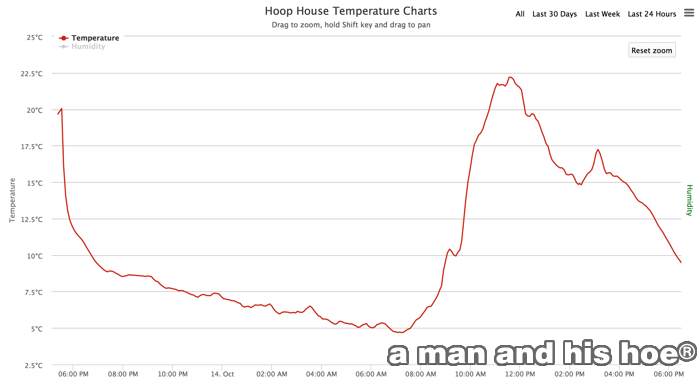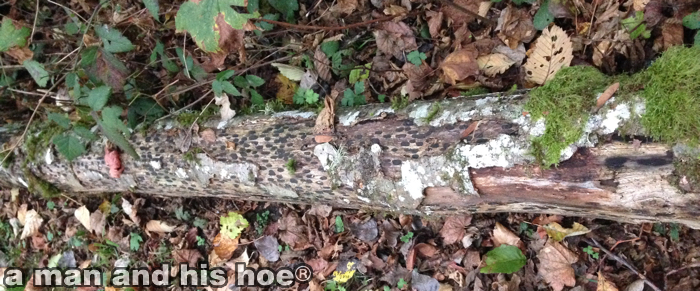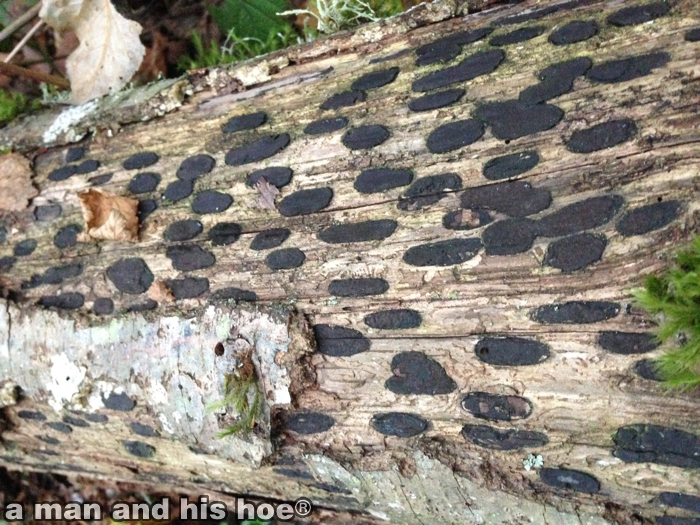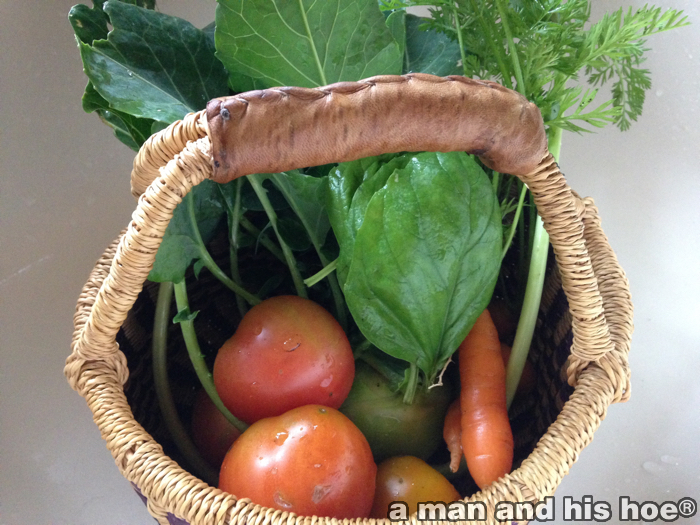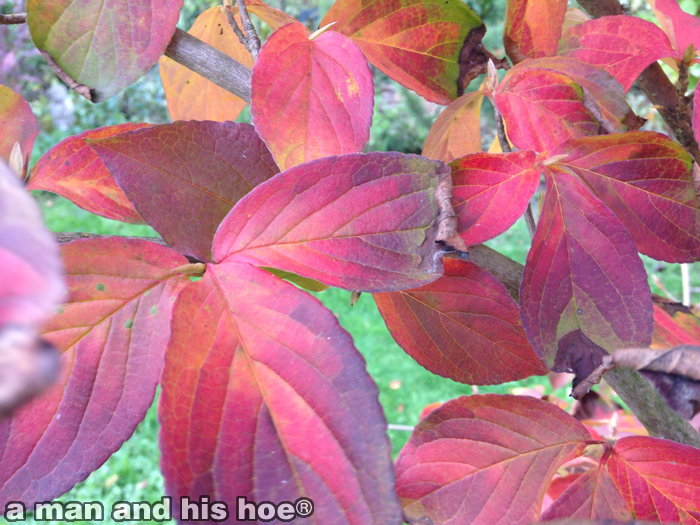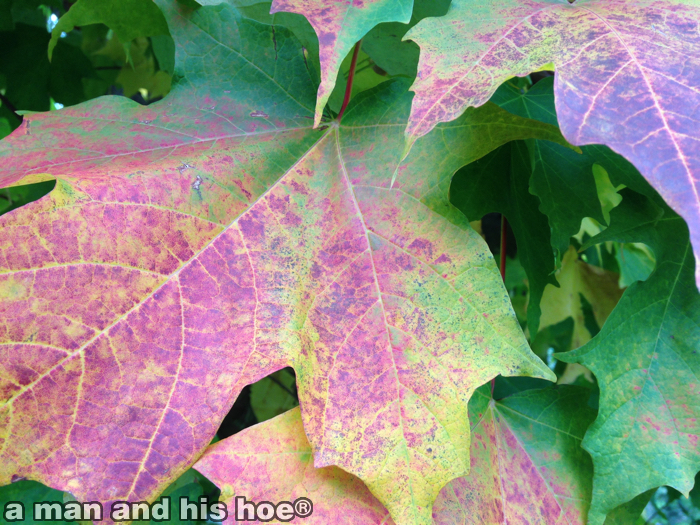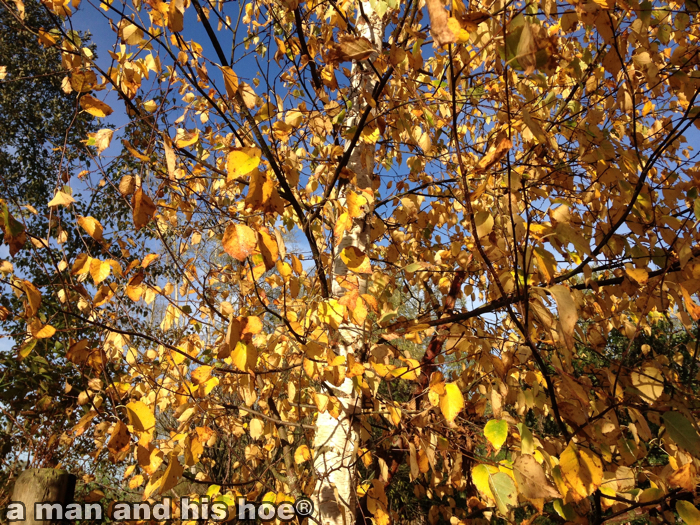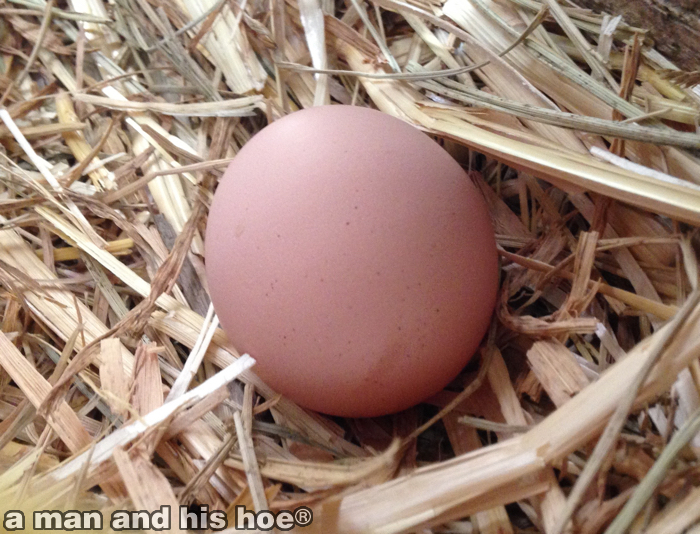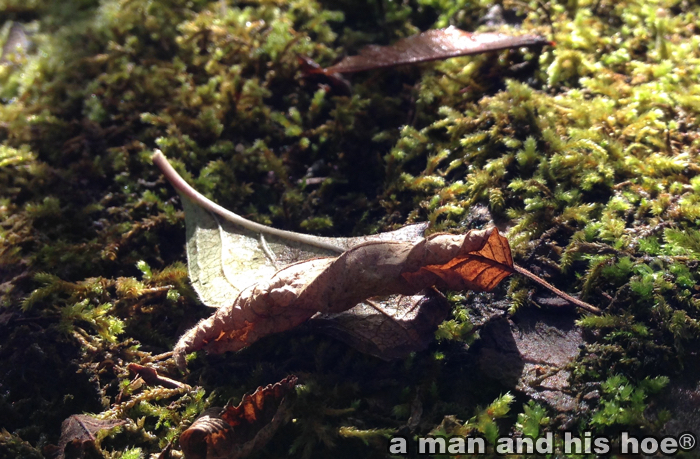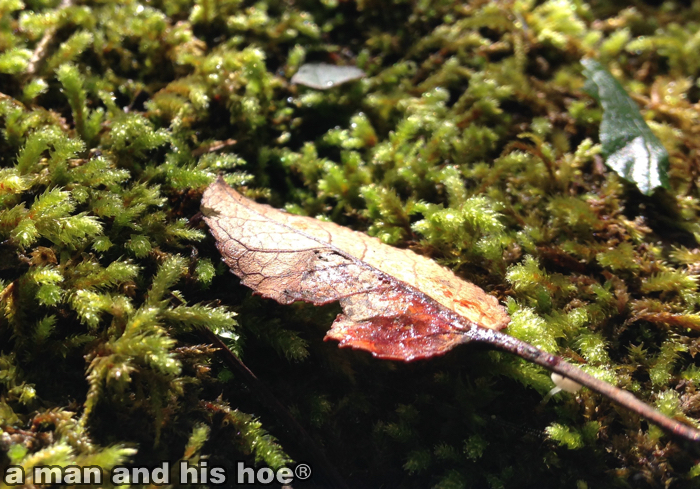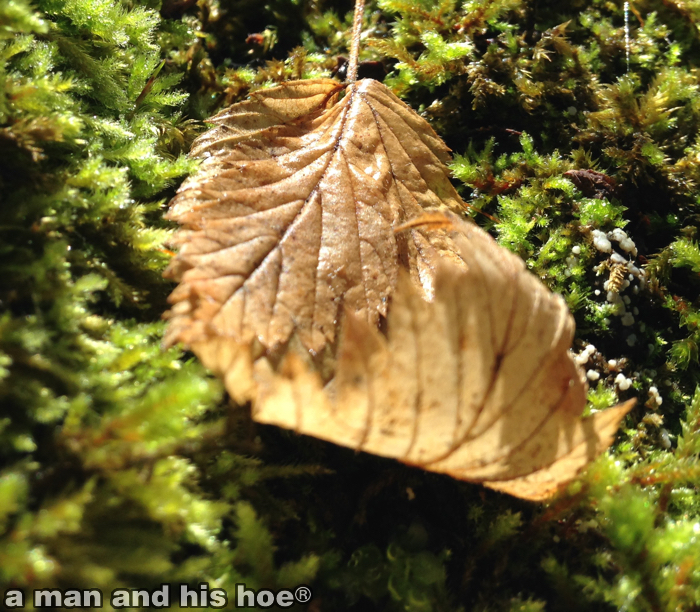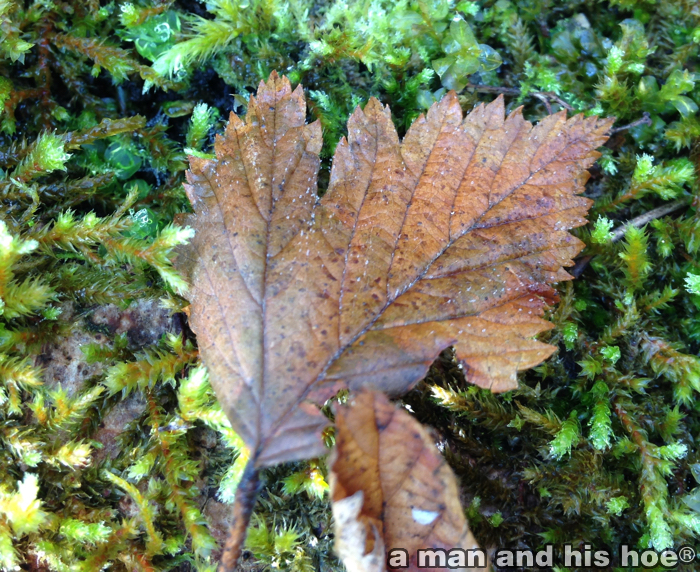
There is a lot of talk about big data, about companies processing vast quantities of data to do whatever. Big data is nothing new, even to mice and chickens. They all do big data. Each of us has been doing big data forever. Our brains handle vast amounts of data. An average person has 100 billion neurons, each of which is connected to a thousand or more neurons, all sending data back and forth. There is a constant stream of data flowing through our neurons, processing gigabytes of information all the time.
In every cell of our body, there is a copy of our entire genome, over 3 billion base pairs of information, about a third of a gigabyte of date. We have between 10 and 100 trillion cells in our body, so we have anywhere from 3.5 to 35 trillion gigabytes of data just in all the copies of our genome in our body. Our bodies do big data very well.
It makes my use of these wireless sensor tags seem like very small data, insignificant data. They’re still a lot of fun. They’re what I’ve been looking for. I’ve wanted to know at any time, how hot is the compost pile? What’s the temperature in the hoop house? What’s the temperature in the garden?

These wireless sensor tags work with a tag manager you put on your home network. A single tag manager can monitor up to 255 tags. The tags are not waterproof, so you need to protect them if you’re going to use them where they might get wet. They’ll work from hundreds of feet away.

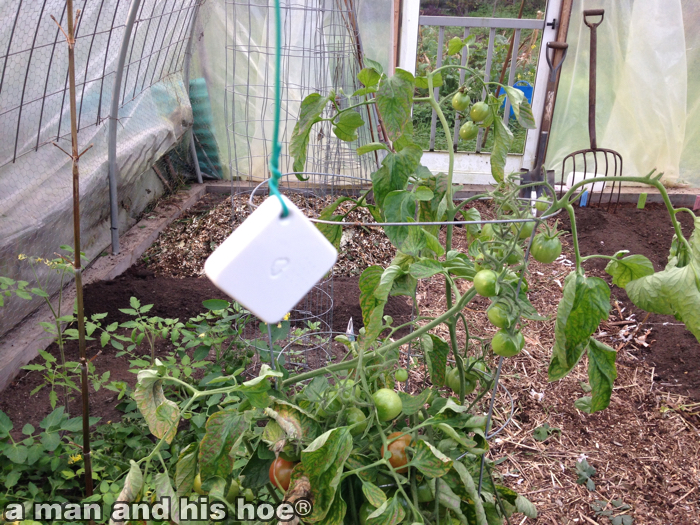
I have them hanging in the hoop houses, in a pipe inside the compost pile, in the chicken yard, and elsewhere. Every five minutes, they send the current temperature and humidity wirelessly. You can have them send this information from every 30 seconds to up to once every 4 hours.

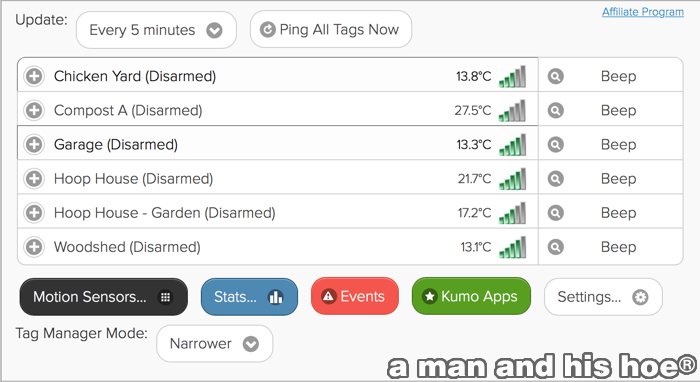
You can monitor the tags from your computer, your cell phone, or your iPad. You can also graph the temperature and humidity over time. And you can get notifications if the temperature gets out of a specified range. For example, in my compost piles, I need to know when the temperature gets up to 170ºF. Compost piles that hot are going anaerobic and need to be turned. Whenever my piles get to 170ºF, I’ll get an email so I can attend to them immediately. It’s small, but very helpful data.
